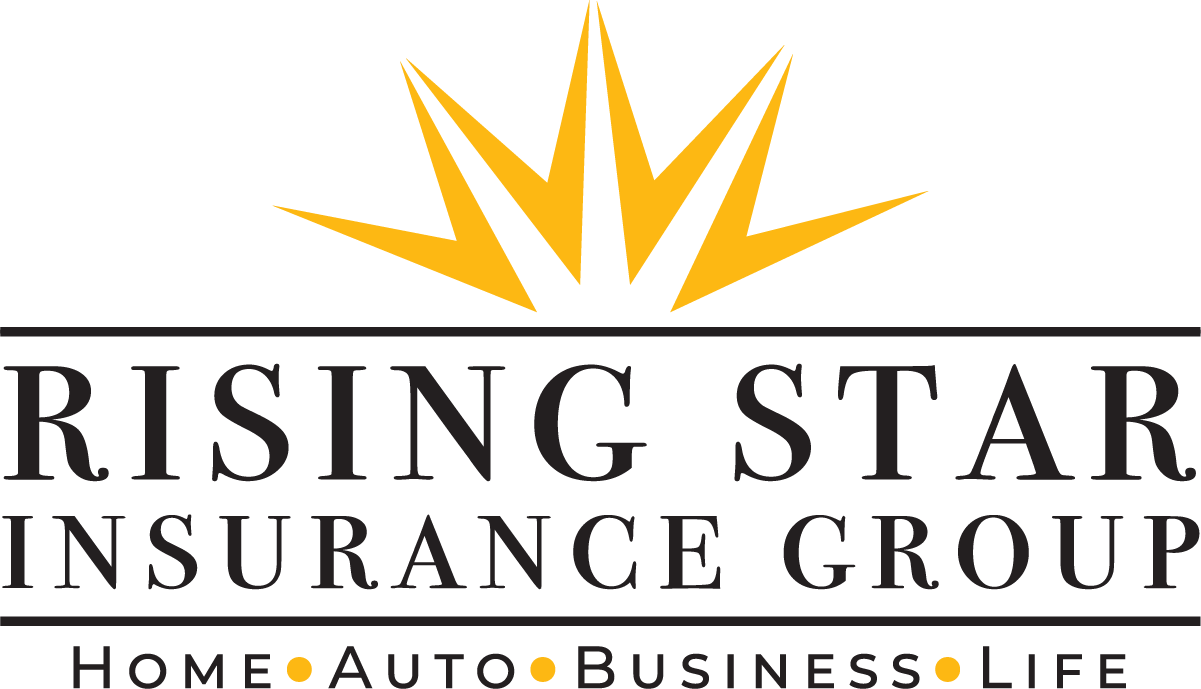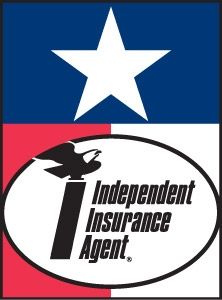I hope this BLOG finds you well. During my years serving construction companies, I’ve gained insight into common issues that result in claims and thought it might be helpful to share some of the risks with you, as well as a few key mitigation tactics.
After all, as your insurance agent, I am not just committed to ensuring your company is properly covered when construction issues occur. I am also dedicated to helping prevent such incidents in the first place.
Step 1: Identifying and Assessing Risks
Some of the most common causes of claims I see are:
- Inadequate Budget - Challenges with budgeting, including miscalculations and waste, often lead to financial shortfalls in construction projects. A common strategy to mitigate this risk is the use of construction project management software for comprehensive budget planning, tracking project deadlines, generating invoices, and efficiently allocating resources, thereby preventing budget overruns.
- Poor Scheduling - Poor scheduling can result in significant delays, highlighting a lack of communication among subcontractors, employees, and managers.
- Safety Hazards - The presence of safety hazards on-site can lead to serious injuries or fatalities, affecting employee morale and project timelines.
- Miscommunication - Miscommunication within the construction team and with clients can lead to disputes and project inefficiencies. Documentation of all interactions, regular updates, and open lines of communication via email, calls, and meetings are key.
- Unforeseen Circumstances - External factors such as accidents, bad weather, and other unexpected events can disrupt project schedules. Preparing for these risks involves staying ahead of schedule when possible, setting aside a contingency budget for unforeseen events, and proactively monitoring external risk factors such as weather forecasts.
Step 2: Strategic Response Preparation
Once risks are identified and assessed, selecting the appropriate response — whether it's accepting, avoiding, controlling, or transferring the risk — is vital. As you are likely aware, this could involve modifying project scope, implementing risk reduction measures, or using contracts and insurance to shift risks.
Step 3: Efficient Loss Recovery
In the event of a loss, having a recovery plan in place is paramount. This sometimes involves reaching out to us to file an insurance claim or it could include a lien, payment bond claims, or legal action.
As always, our team is here to help you navigate the insurance landscape. Reach out with any questions or if we can be of further service.
Rising Star Insurance Group – Protecting What Matters Most to YOU for over 40 Years.




